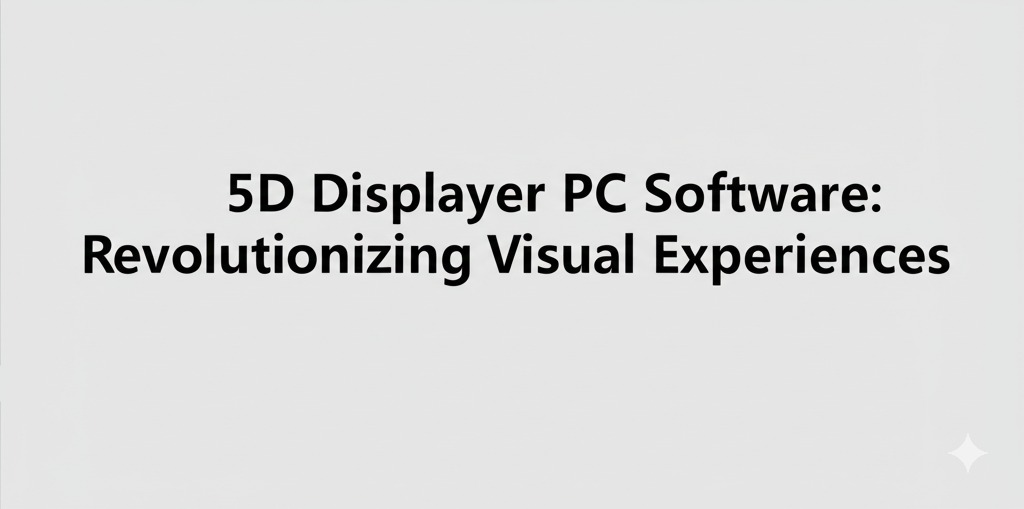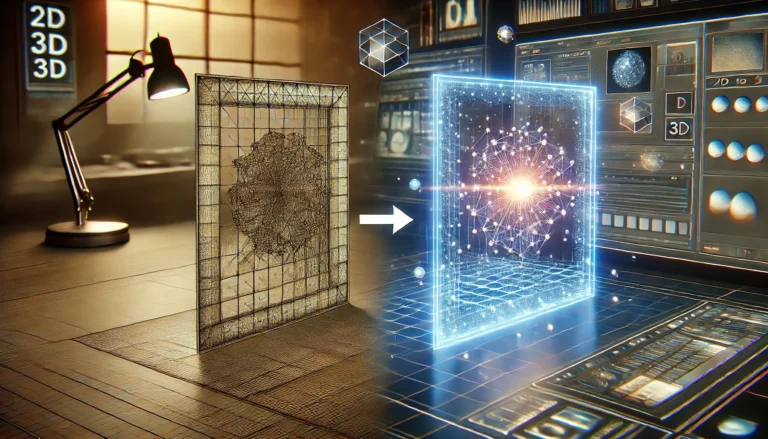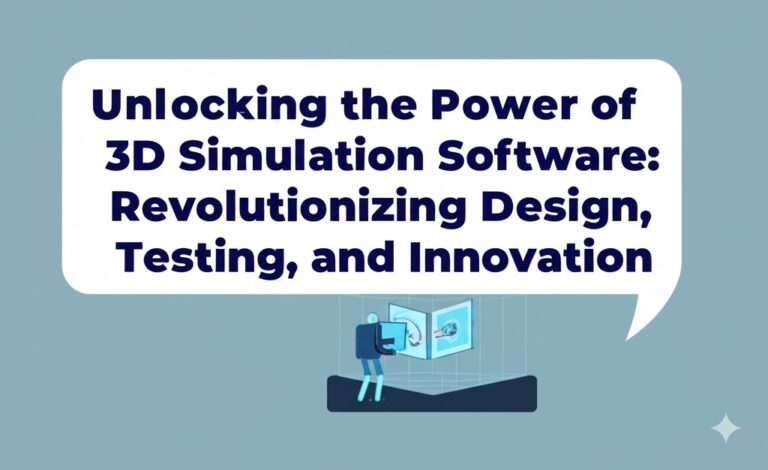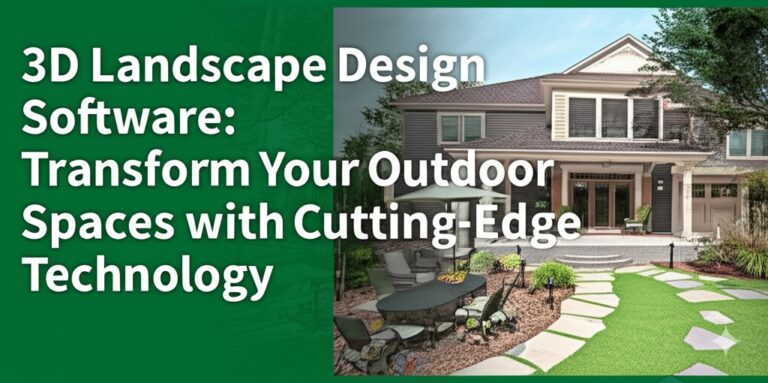5D Displayer PC Software: Revolutionizing Visual Experiences
In today’s rapidly advancing technological world, we’re constantly seeking ways to enhance the way we view and interact with digital content. From stunning visuals to immersive experiences, one innovation that is catching the eye of tech enthusiasts is 5D displayer PC software. Whether you are a gamer, a professional designer, or someone who enjoys cutting-edge visuals, this software offers exciting possibilities that will elevate your visual experience to new heights. In this article, we will explore what 5D displayer PC software is, how it works, its applications, and how it can change the way you see and interact with digital environments.
What is 5D Displayer PC Software?
Understanding the Basics
5D displayer PC software is a cutting-edge technology designed to render digital visuals in a way that adds an extra layer of depth, dimension, and interactivity. Unlike traditional 2D or 3D displays, 5D technology goes a step further by integrating elements like time-based interactions, multi-layered visual effects, and a heightened sense of immersion. It creates a multi-dimensional viewing experience that goes beyond mere screen resolution.
The “5D” aspect of the software doesn’t just focus on depth and resolution but incorporates a deeper interaction between the user and the content being displayed. This results in more dynamic and lifelike graphics, making it ideal for use in fields ranging from entertainment and gaming to scientific visualization and educational tools.
Key Features of 5D Displayers
- Immersive Depth Perception: 5D displayers allow users to experience an extra dimension, bringing more realism to visuals.
- Interactive Elements: The software may include touch or gesture controls, allowing users to interact with 3D models or simulations in real-time.
- Multi-Layered Visuals: Multiple layers of visual information can be displayed simultaneously, creating a richer, more detailed environment.
- Time-Based Effects: Some 5D software includes dynamic, time-based visual changes, offering real-time interactivity based on how a user interacts with the software.
How Does 5D Displayer Software Work?
5D displayer software works by using a combination of advanced algorithms and hardware integration to simulate depth and interactivity. Unlike standard display technologies, which rely solely on flat or stereoscopic visuals, 5D displayer PC software typically leverages more advanced graphical processing techniques, like:
1. Depth Mapping and 3D Rendering:
By using depth maps and advanced 3D rendering techniques, the software can simulate the appearance of objects floating in space or appearing closer or farther away, enhancing the depth perception of the visuals.
2. Real-Time Interaction:
Real-time input from the user—such as mouse movement, voice commands, or even body gestures—can influence how the digital content is displayed. For instance, a virtual model might shift or rotate in response to hand gestures or specific commands.
3. Advanced Lighting and Shadow Effects:
Lighting plays a critical role in creating a realistic 5D experience. The software can simulate different light sources and shadows to make the visuals appear more lifelike.
4. Multi-Display Integration:
Some 5D display systems support multi-monitor setups or can integrate with VR and AR devices, allowing users to experience even more immersive environments that extend beyond a single screen.
Applications of 5D Displayer Software
1. Gaming
Gaming is one of the most exciting fields where 5D displayer software is making a significant impact. Games with 5D technology provide a much more immersive experience, allowing players to interact with their environments in ways never before possible. Whether it’s exploring fantastical worlds, solving intricate puzzles, or engaging in high-speed action, 5D technology adds depth, realism, and interactivity to every game.
2. Virtual Reality (VR) and Augmented Reality (AR)
In VR and AR applications, 5D displayer software enhances user immersion by creating interactive 3D models that respond to movement, gestures, and environmental changes. This is crucial for applications in fields such as education, healthcare, and architecture, where realistic simulations are vital.
3. Design and Visualization
Graphic designers, architects, and animators are also benefiting from 5D displayer PC software. The ability to visualize projects in multiple dimensions allows for better design iterations, whether it’s for architectural models, product prototypes, or animated scenes. The software can also simulate lighting, textures, and material effects, providing a more comprehensive design process.
4. Scientific and Medical Applications
In scientific fields, 5D displayers can simulate complex models like molecular structures, geological formations, or astronomical phenomena. For medical professionals, 5D technology is increasingly used in virtual dissections, anatomy simulations, and surgical planning, offering greater accuracy and interactive exploration.
How to Choose the Right 5D Displayer Software
When selecting 5D displayer software for your needs, there are a few factors to keep in mind:
1. Compatibility:
Make sure the software is compatible with your PC hardware and any other devices you plan to use, such as VR headsets or multi-monitor setups.
2. Features:
Look for software that offers the features most important to your use case—whether that’s gaming, 3D modeling, or scientific visualization. Some programs may focus more on user interactivity, while others may emphasize detailed graphical rendering.
3. Performance:
High-quality 5D displayer software requires substantial computational power. Ensure your PC is equipped with the necessary graphics card and processing power to handle the software’s demands.
4. Price and Support:
Consider the cost of the software and the level of support you’ll receive. Free or trial versions can help you get a feel for the software before committing to a purchase.
Conclusion: Experience the Future of Visual Technology
5D displayer PC software is paving the way for the future of digital interaction and visualization. Whether you’re a gamer, a professional, or someone who simply loves exploring new technologies, the immersive possibilities of 5D software are limitless. With its combination of depth, interactivity, and dynamic visual effects, 5D displayer software has the potential to revolutionize how we engage with digital content.
As technology continues to advance, 5D displayer software will undoubtedly evolve and expand into even more fields, offering richer, more dynamic experiences. If you’re ready to take your digital interaction to the next level, exploring 5D technology is a must.

Zain Jacobs is a writer for TheNetUse, providing in-depth reviews, tips, and insights on the latest software apps to help users maximize their digital experience.







